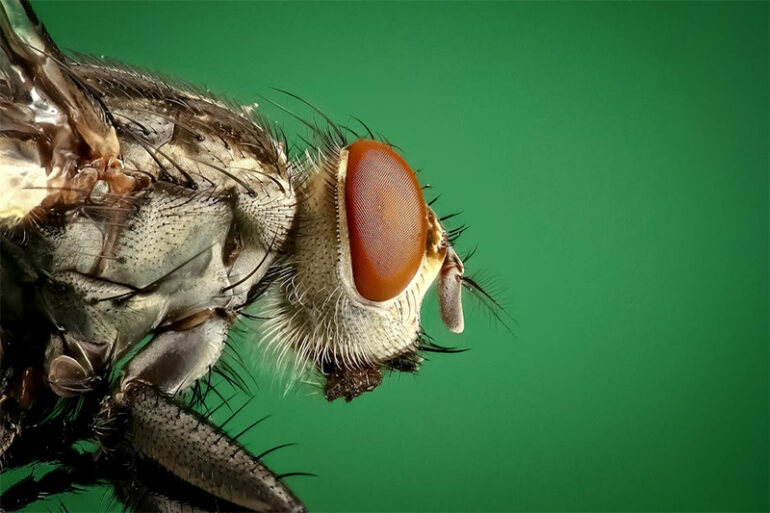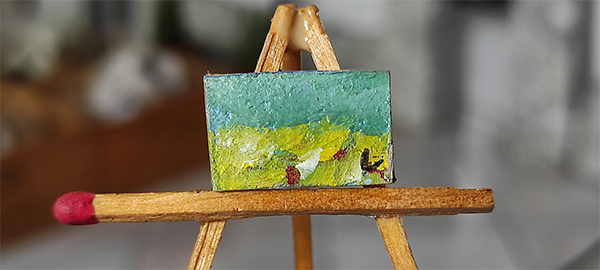For millennia, miniatures have captivated individuals from many backgrounds since they represent a special junction of imagination, creativity, and workmanship. Whether employed for decoration, narrative, or personal expression, these little works welcome viewers into painstakingly created worlds that inspire nostalgia and inquiry. From prehistoric relics to modern inventions, the development of miniatures reveals not only artistic ability but also the ongoing human need to explore and create inside scaled-down environments.
A Brief History of Miniatures
Originally from ancient civilisations where small-scale representations served both beautiful and practical uses, miniatures have enthralled viewers for millennia. From finely carved ivory figures in Egypt to the minute dollhouses of the 17th century, these small objects capture the artistry and workmanship of their day. Miniature painting and sculpture revived during the Renaissance as creators aimed to exhibit their abilities on a small scale. The craft changed over time to incorporate different materials and processes, so enabling more realism and detail. Miniatures still captivate collectors and fans today, spanning the creative and artistic distance.
Tools and Techniques for Creating Miniatures
Making miniatures calls for a range of specialist tools and methods meant to improve detail and accuracy. Artists carefully handle little components using exacto knives, tweezers, and fine-tipped brushes. Common materials used are polymer clay, resin, and wood; each has special qualities for use in crafts. Layering, painting, and texturing among other techniques let one create complex designs that bring small worlds alive. Technological developments like 3D printing have also offered new paths for small-scale production, allowing artists to explore challenging forms and constructions heretofore impossible by hand.
The Intricate Beauty of Miniature Worlds
The amazing intricacy and capacity to inspire awe define the appeal of little worlds. From finely made furniture to lifelike characters, every minute detail adds to a story that invites visitors to investigate. The way that light and shadow interact improves realism and highlights the complex colours and textures. To replicate the real world, artists may use natural materials as twigs and moss. This delicate workmanship not only displays technical ability but also captures the imagination of the artist, therefore enabling viewers to enter these fascinating, small worlds.
The Enduring Appeal of Miniatures
The obsession with miniatures enthrals young and old equally. Their appeal is in their ability to inspire imagination and nostalgia, so enabling people to relate to dreams or memories. While makers like the task of creating complex intricacies, collectors usually find delight in the search for one-of-a-kind objects. Miniatures invite viewers to create stories and interpret sceneries, therefore acting as a kind of narrative tool. The mix of workmanship, ingenuity, and the universal appeal of discovering small, magical worlds that provide a pleasant respite from daily life defines the ongoing appeal as art genres change.
Rich in history and exquisite workmanship, miniatures still inspire wonder and imagination in many different countries and eras. They invite people to interact with the beauty of detail and the appeal of the small scale, therefore acting not only as artistic expressions but also as means of narrative and imagination. The appeal of these small worlds is nevertheless evidence of the ongoing human obsession with the art of miniature creation, providing a different viewpoint on both the familiar and the fanciful as artists invent and investigate new approaches.
Photo Attribution:
1st & featured image by https://www.pexels.com/photo/macro-photography-of-brown-and-black-fly-33043/

